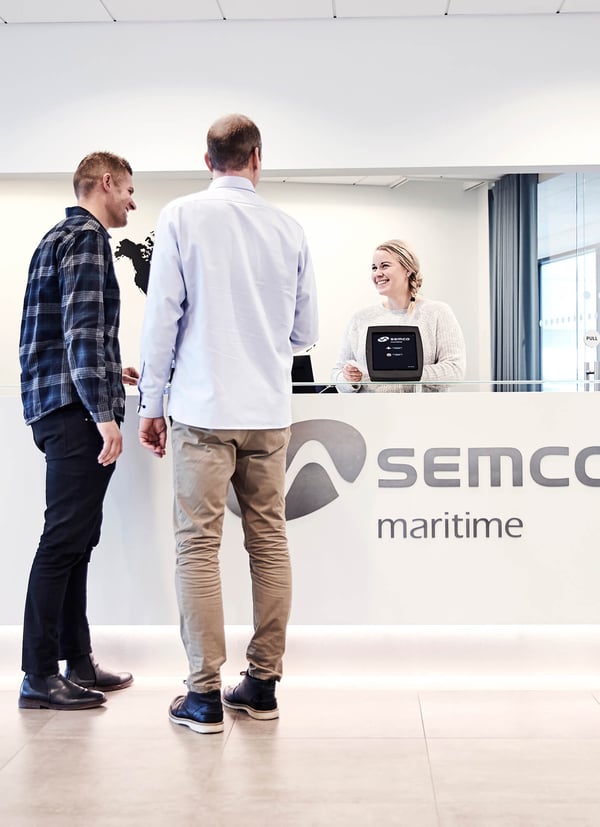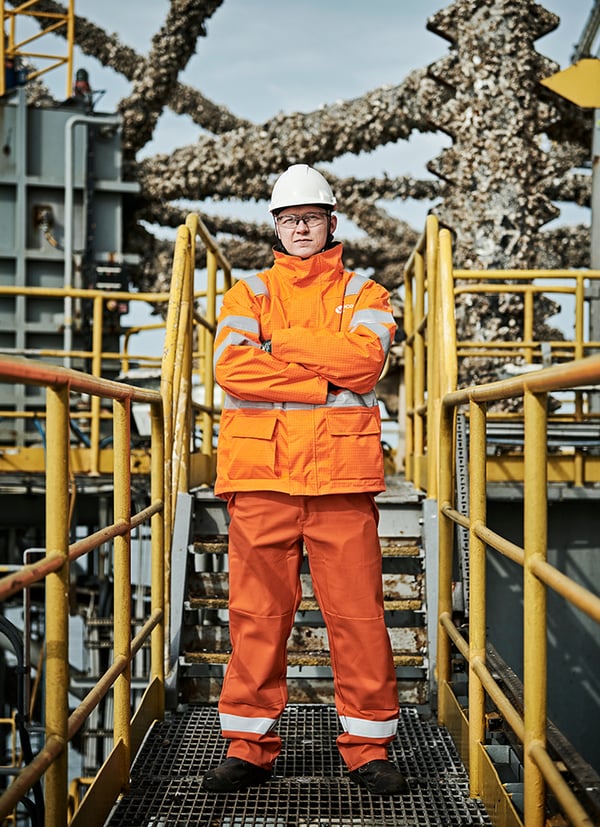Connectivity is critical for various purposes, including monitoring and control, communication between workers on site and off site and day-to-day welfare on site. LTE/4G or 5G cellular networks provide the necessary coverage, reliability and reach along with the low latency, throughput and scale required for existing and future wind farm use cases.
Connectivity far from shore
To obtain better wind conditions and to prevent challenges/resistance from people living close to wind farms, the trend is that the wind farms should be installed far from shore (20-30 km). However, wind farms will be located as far as 100 km from shore. Normally, no commercially operated telecommunication network would be able to support a distance that far, nor could the vendor sufficiently guarantee that the network would always be available, as this type of network is a shared resource with a huge number of other subscribers.
Reliable communication is important, not only during the construction phase, but also for continuous monitoring and control, safety, servicing, training, maintenance and day-to-day welfare on site. Lack of communication during construction might result in costs increasing heavily. Reliable communication is crucial to prevent standby time for crane operators and others and in order for standby crew to be able to fulfil offshore HSE requirements etc.
A reliable communication network can also help optimize the commissioning process of the turbines, which means that the turbines can be commissioned before the power/fibre is established, enabling the turbines to generate power from the first day of connection to the grid.
The communication network is actually supporting the entire system, enabling multiple use cases beyond traditional operations, such as operation teams gathering information from sensors that are measuring wind, humidity and weather patterns and thereby helping to prevent injury to workers or costly and dangerous damage to equipment. Or it could be safety teams remotely monitoring heat/cold exposure and workers’ heart rates and exact location. A capable and reliable wireless system can scale the required distances with resilience and performance and is part of the wind farm’s end-to-end communication system for multiple applications such as voice communication, online documentation, production data and video streaming.
Will LTE/4G and 5G replace digital trunked radio offshore?
For the last 10 years, TETRA has been the predominant communication media in the renewable industry, used to support the requirements for a reliable communication technology. We expect that TETRA will still be a requested media within the next 2-3 years. However, the industry also requires further digitalization within the industry, including high-speed data functions offshore.
Based on the information given above we can conclude that cellular communication is uniquely qualified given its ability to generate high throughput at low latency, inherent security and architecture, and high-density connections.
LTE/4G and 5G are the only existing technologies that benefits from both industry and mass consumer acceptance as a single worldwide technology (3GPP).
In Semco Maritime we have already implemented LTE/4G and 5G technology in our offshore projects, and the number of RFQs for this type of technology is rapidly increasing. We expect to use TETRA as a “mission critical” media in the transition period until it is fully replaced by LTE/4G or 5G within the next 2-3 years.









